It’s always a bit thrilling when flipping through the pages of a magazine to come across a familiar name or piece of work. That was my experience recently while reading through the Fall 2021 issue of the Surface Design Journal when the intricate and delicately curving cells of tatted lace grabbed my attention and stayed my page-flipping hand. The work of Drew McKevitt will always stop one in their tracks, and that was exactly what happened here.
Drew is an alum of the Textile Design program, and she focused on knitting, though her creative interests range far and wide. The work highlighted in SDA’s Journal is Drew’s tatted and macrame’d lacework and speaks to grief, anxiety, and the benefits of the meditative practice of making.
We wanted to hear more about Drew and her work in her own words. So please enjoy her interview and support her work! You can find her on Instagram as @drewmckevitt and her website, www.drewmckevitt.com.
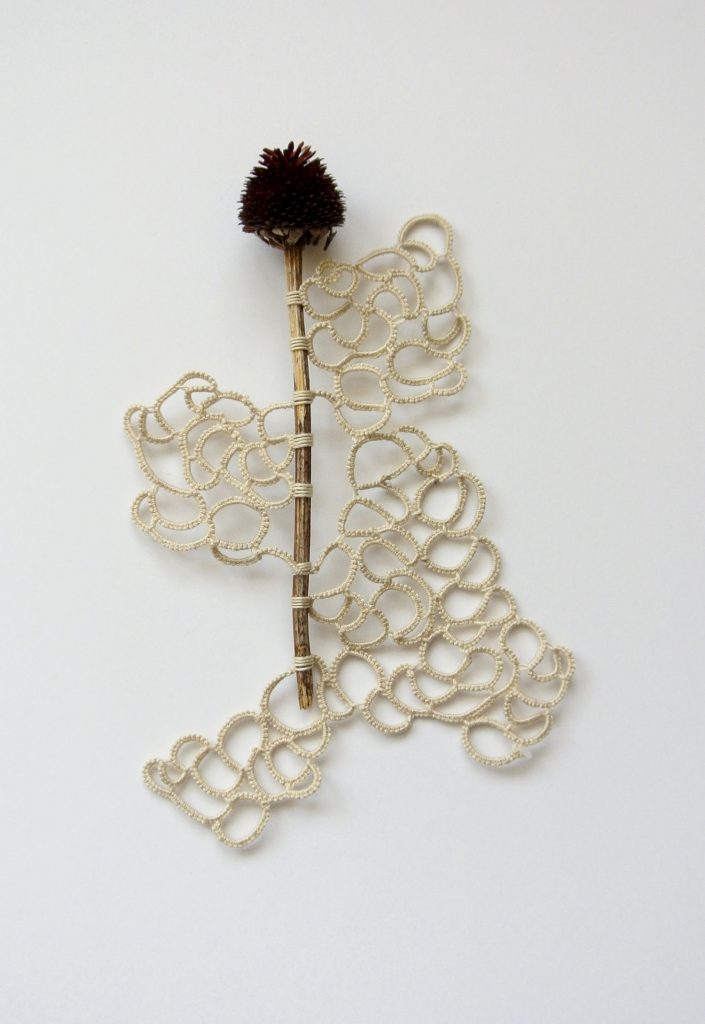
When did you learn to knit/weave/print, and who taught you?
My mother and grandmother tried to teach me to hand knit when I was a kid. It was a disaster, and several years ago, I found the pink scarf I had tried to make – a tangled mess, angrily knotted and balled up in the back of a closet.
I first really learned to hand-knit in the early 2000s when I was an undergrad. I mainly taught myself from online tutorials, but I also remember getting some impromptu lessons at yarn shops. I used patterns at first but quickly started making my own patterns. I learned machine knitting and the basics of weave and print many years later in the Textile Design program at Jefferson.
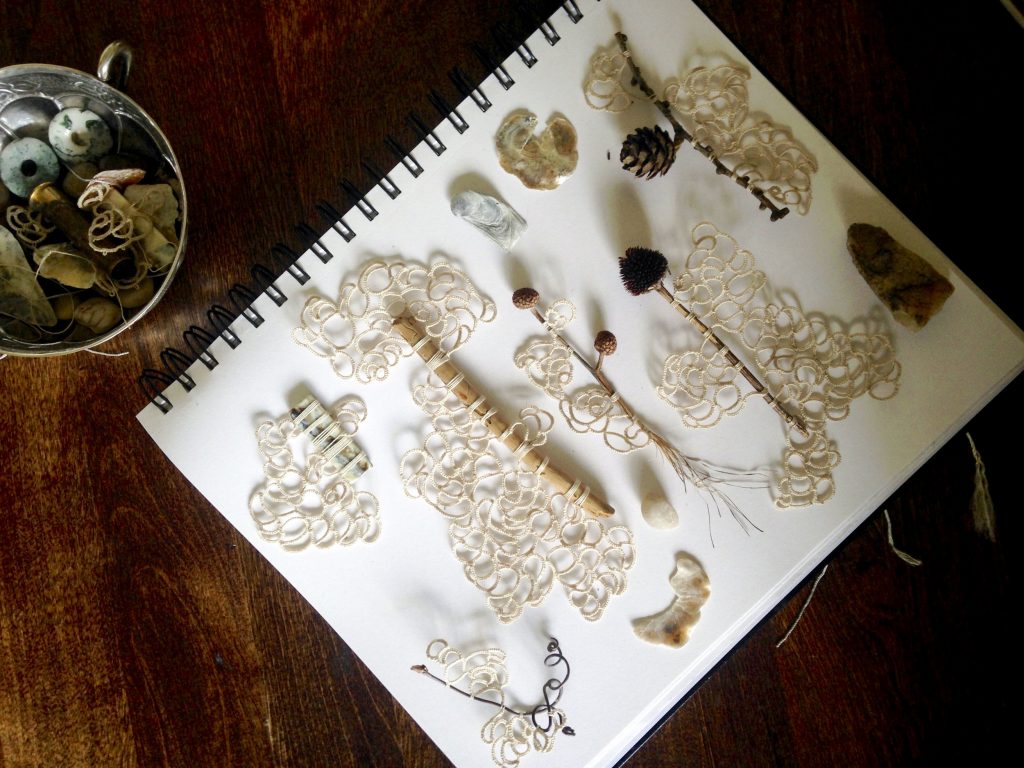
Do you have a background in design or textiles?
I did not have a formal background in textiles, art, or design when I started the master’s program at Jefferson. Previously, I worked as an editor at a poetry magazine and as a freelance copyeditor. However, I had always loved art, and I had always been interested in textiles. In addition, I had been hand knitting for many years before starting the program, so making was always part of my life, but it was more of a hobby.
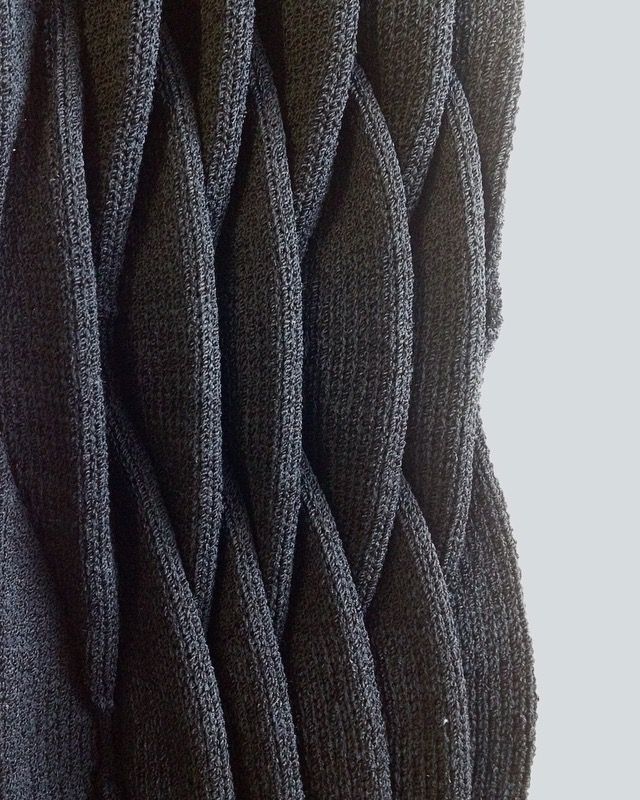
Are there any techniques in textile design you’d like to explore further?
Tons! The top three are weaving on a floor loom again, learning to make bobbin lace, and getting back into knit programming.
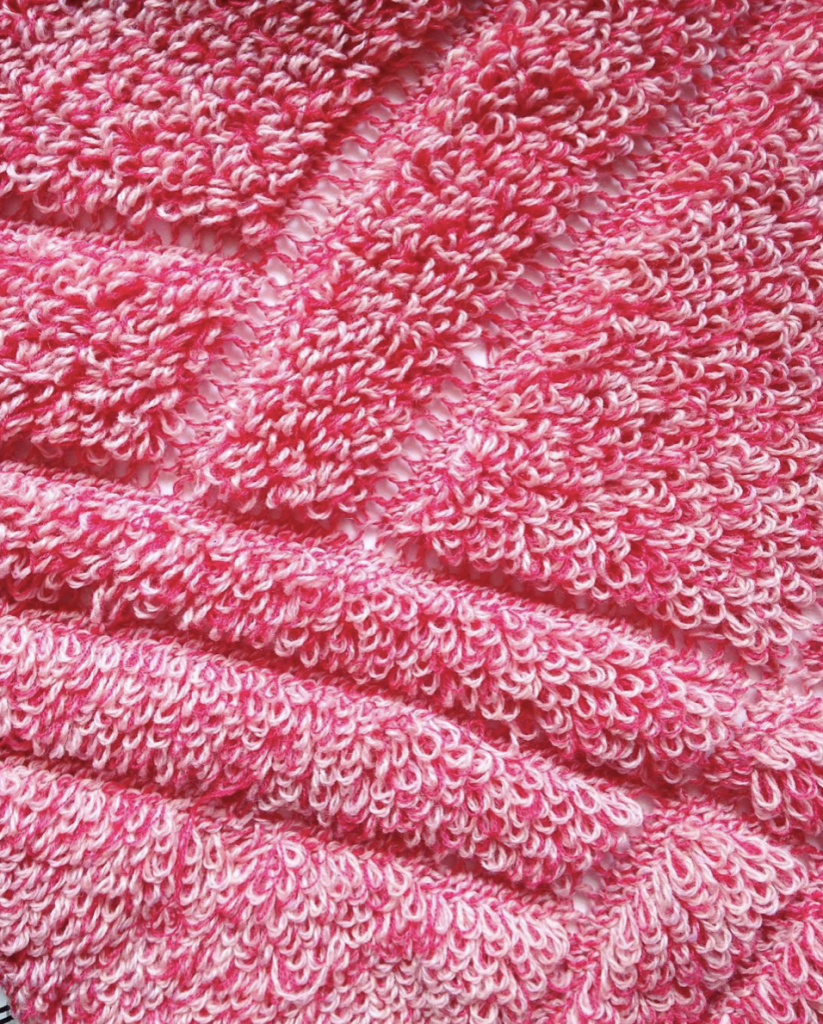
How does your aesthetic influence your design work? Do you think it should?
This is something I think about a lot, actually. I am probably most drawn to organic shapes and nature, which is reflected in a lot of my personal work. But I also really love geometric, bold patterning, and pretty much everything in-between. Part of what I like about designing for a client is that it allows me to get into someone else’s world of inspiration and find a way to connect with it. That connection is essential for me because, ultimately, what I create needs to combine the client’s expectations and my ideas.
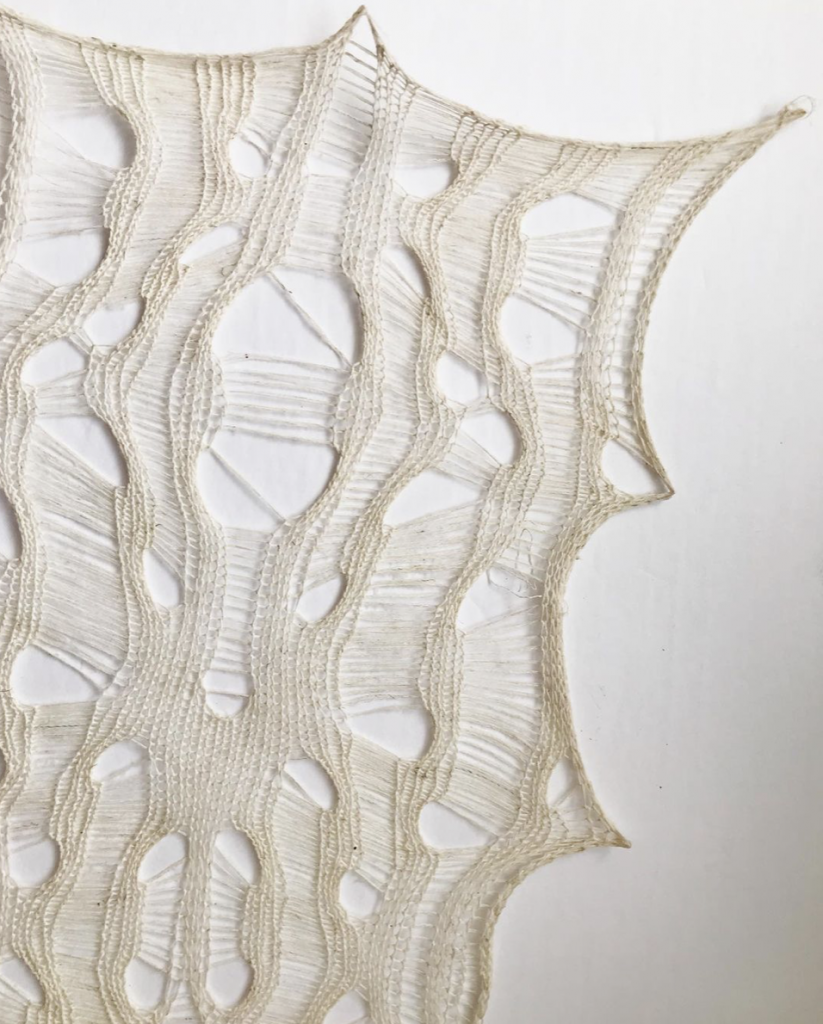
What drives you to make your best work?
I am always driven by the desire to solve a problem, figure something out, or learn something new. Without that, it becomes less interesting and is much harder for me to focus on the project. I like to work in an iterative style– making lots of samples, reflecting on them, and then using that information to inform new ideas. For me, problem-solving could be about solving a technical issue or, more broadly, about getting an idea or aesthetic point of view across.
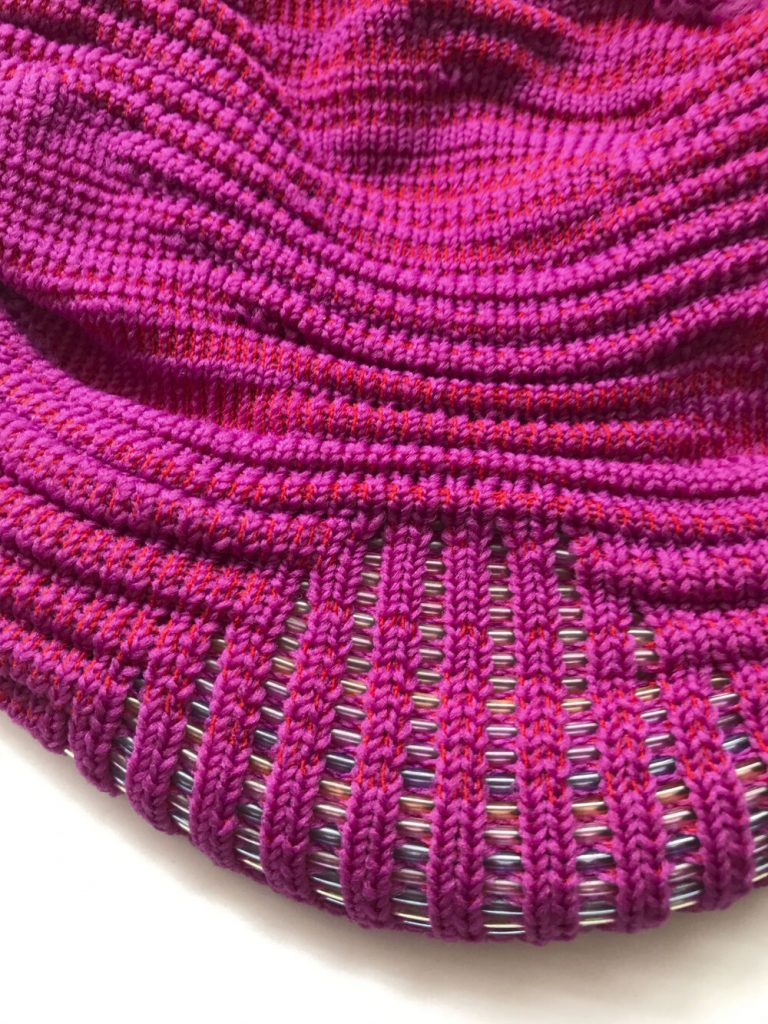
What is your favorite textile era or culture?
I think this changes for me, depending on where my mind is. But for the last few years, I’ve been in love with Victorian lacemaking techniques. I’m especially fascinated by hair work. Although I am unlikely to try it myself, I appreciate the combination of sentiment and creepiness.
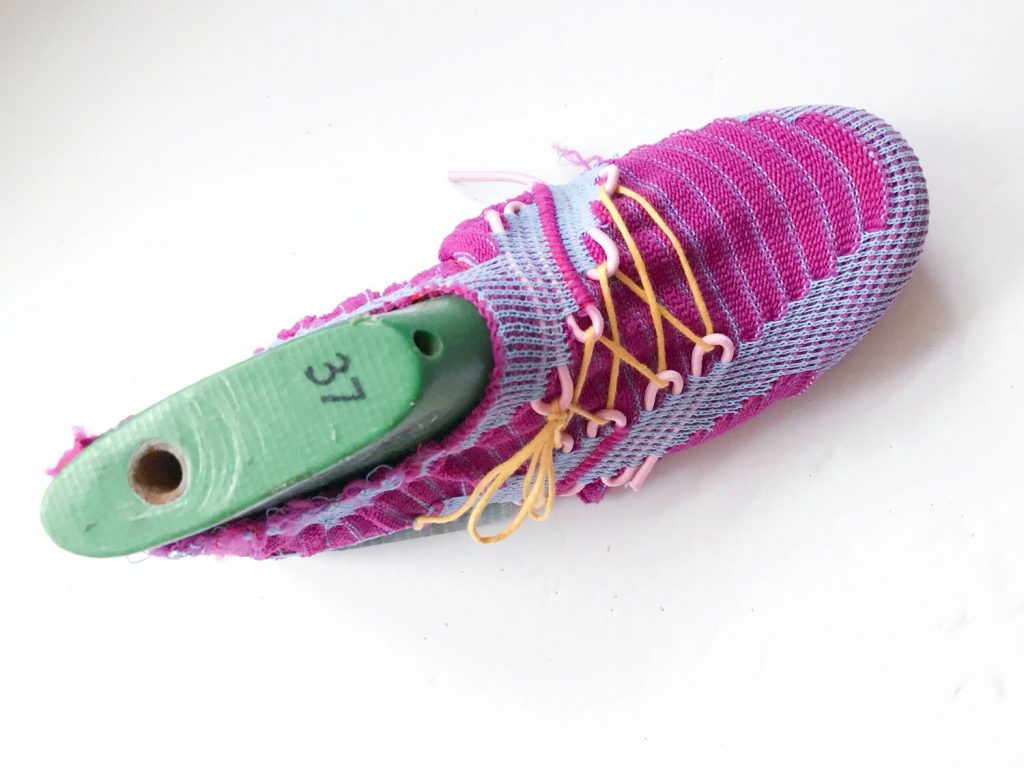
What will you miss the most about JeffU/DEC/Textile Design since you have graduated?
I miss the technology and equipment, obviously. But probably more so, I miss the community. I miss being in the studio and the energy of that space. I remember it being full of excitement around creating and discovery.
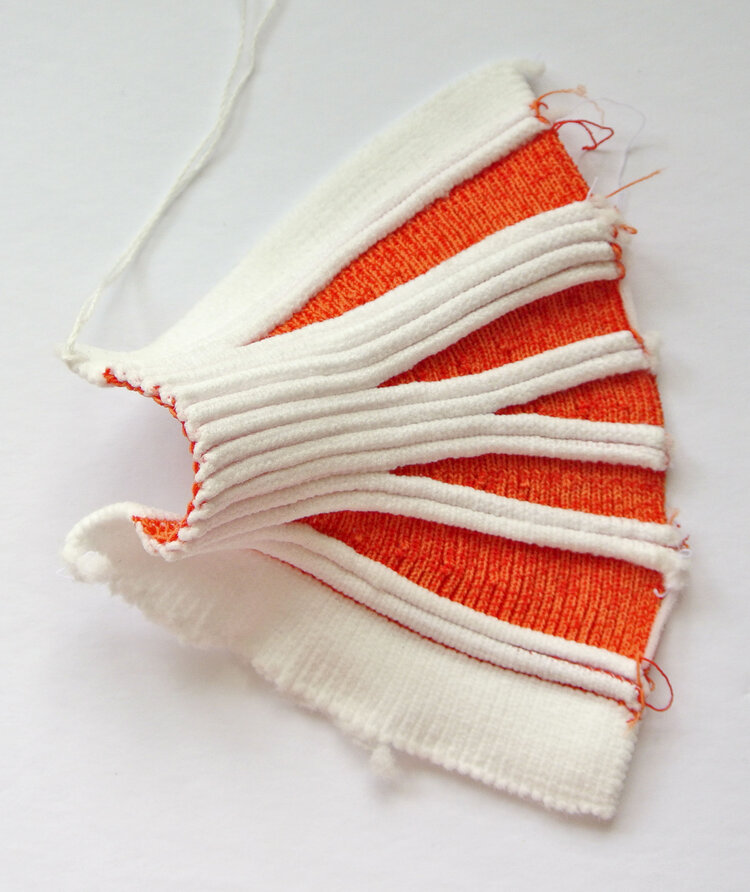
What do you love about your current job/workplace?
I currently work as part of Suzanne Oude Hengel‘s team. She is a footwear researcher and innovator specializing in knitting and based in the Netherlands. I work remotely, which definitely has its challenges, but I am enjoying the freedom of this setup. I love her approach to design as well. Her research is based on the experimenting and iteration of ideas, which is very much how my process works. It is about solving specific problems through design, but there is space to allow for mistakes and try different things.

What surprising skill, technique, or method did you learn in school that you are still using today?
I still use a Passap DM 80 for my development work! I remember being so overwhelmed when I first encountered a Passap at Jefferson. Now, this is my all-time favorite domestic knitting machine.
What’s next for you?
I am just staying open to opportunities and new projects. I hope the future brings new opportunities to learn, grow, and add to my skill set as a designer.



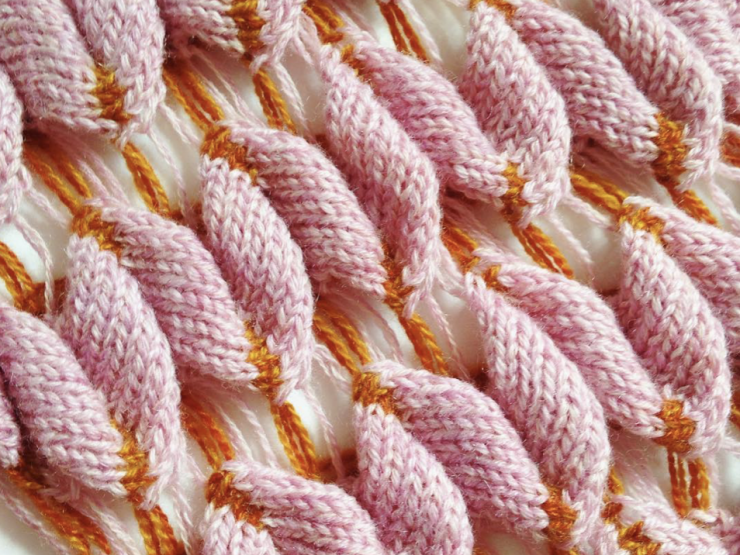
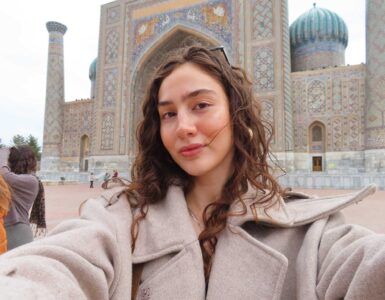




Add comment